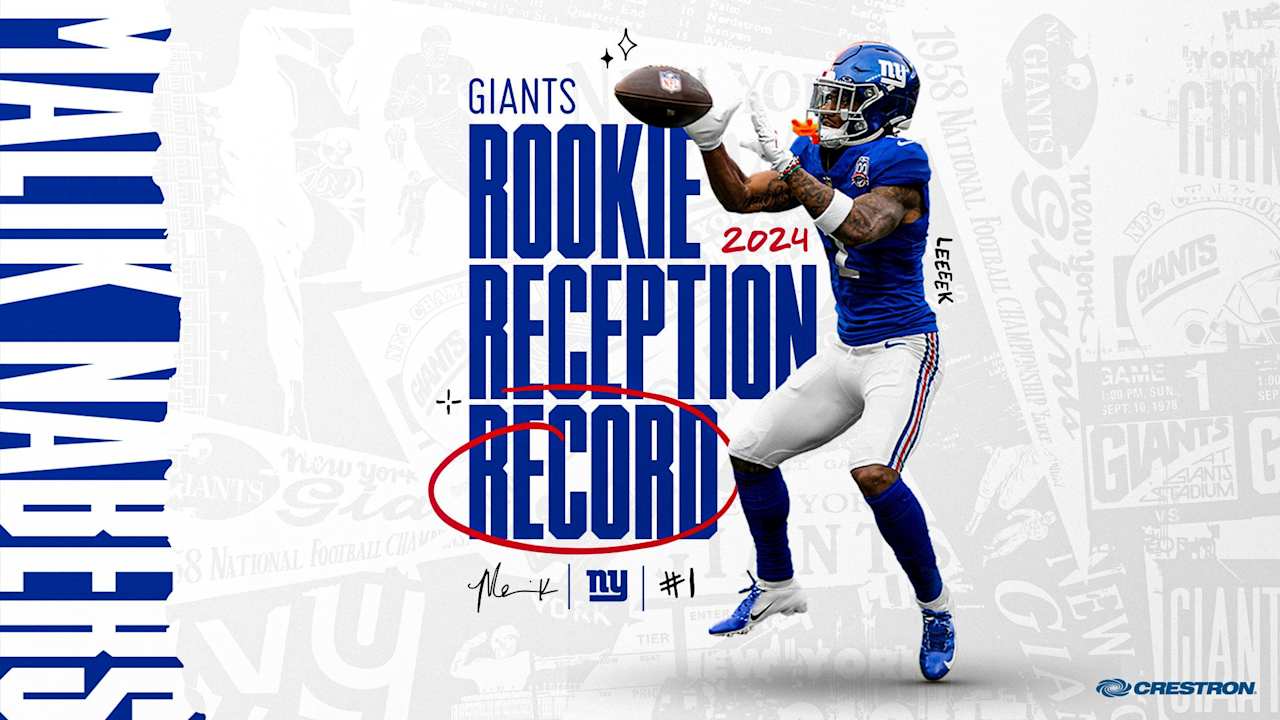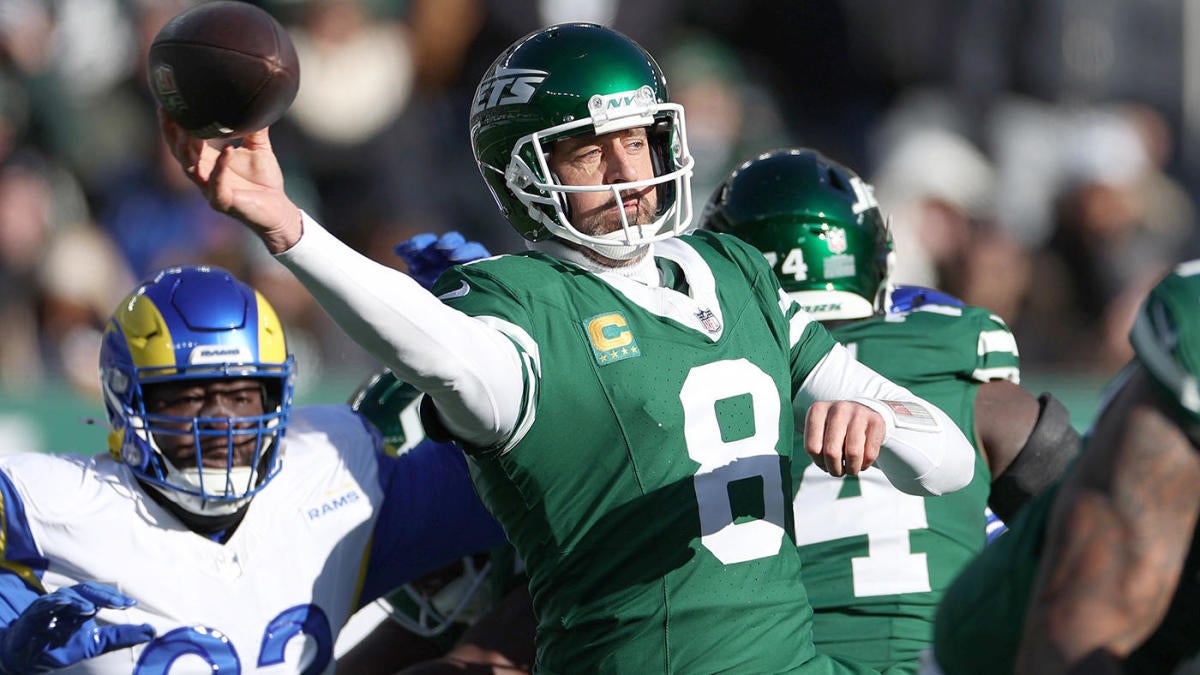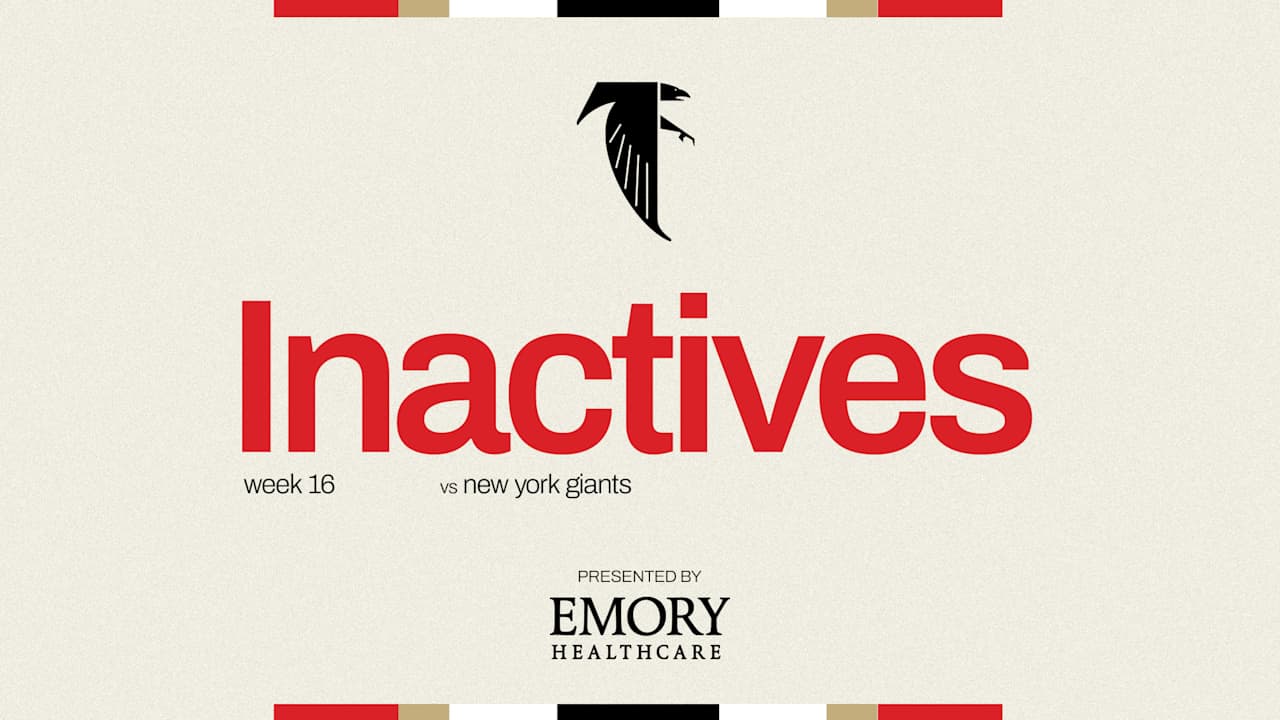Sports
David Stearns’ calling card saved the Mets’ season

The Mets made a series of tactical decisions in May that have transformed them from May-bes back then to one of the majors’ best teams since.
It is yet another reminder that a roster and how it is deployed is a living organism, shifting shapes regularly. So much emphasis is put on who makes an Opening Day roster, when that is merely the first of many pictures — and not often an accurate one of what the team will actually be. Every club in the majors has used at least 43 players this season, 21 had used 50 or more, including the Marlins at a league-high 67. The Mets had used 57 — their fourth-most ever.
“If you go through this enough, you see the evolution of rosters over the course of a whole major league season, and so you don’t stop working on Opening Day,” David Stearns said. “We don’t set our roster and sit back and say, ‘We’re done.’ We know there are going to be areas to change the roster over the course of the year. You know there are going to be ways to improve the roster, both big and small. It is our obligation to continue to work to do that.”
It was a Stearns calling card when running the Brewers — a strong touch in upgrading rosters, notably bullpens, as the season progressed. With his first Milwaukee playoff team in 2018, for example, Stearns improved the pen by turning well-regarded starting prospects Corbin Burnes, Freddy Peralta and Brandon Woodruff into mainly relievers — signing Dan Jennings late in spring after the lefty was released by the Rays, trading for Xavier Cedeno during the year and turning a reliever performing well, Jorge Lopez (yes, that Jorge Lopez), into infielder MIke Moustakas.
The facelift — particularly in the latter half of May — of Stearns’ first Mets roster stands among his best work in tandem with his manager, Carlos Mendoza’s, willingness to implement changes. Consider:
On May 15, Mark Vientos was promoted and made the regular third baseman. Before that with Brett Baty being handed 134 of 157 hot corner plate appearances, the Mets’ slash line at the position (all stats were heading into Saturday) was .236/.295/.319 for a .614 OPS (25th in the majors) with three homers .
Since Vientos’ re-arrival, the Mets’ slash line at third base was .289/.343/.544 for an .887 OPS, which was second in the majors as was 25 homers from the position after Vientos’ two-homer Friday night, including his walk-off in the 10th inning against Cincinnati.
On May 18, Francisco Lindor was shifted from batting third to leadoff. Before that, Mets leadoff hitters were batting .213 with a .743 OPS. To that point, Lindor was 98th in the majors in Fangraphs’ Wins Above Replacement and had a slash line of .195/.268/.362 for a .630 OPS.
Since Lindor became the everyday leadoff man, the Mets’ first hitters were second in all three slash lines .305/.371/.551 and first in OPS at .923 while Lindor was third in the majors in WAR behind just Aaron Judge and Bobby Witt Jr.
On May 29, Lopez (yes, that Lopez) blew up on and off the field by allowing four runs (two of his own) to the Dodgers, throwing his glove into the stands then having a bizarre exchange with reporters afterward. On May 30, the Mets designated him for assignment and promoted Danny Young. On May 31, the Mets promoted Jose Iglesias and Dedniel Nunez, and obtained Luis Torrens from the Yankees for $100,000 while sending Baty to the minors and designating Omar Narvaez for assignment.
All of this improved the Mets’ depth and defense from a liability to an asset.
In his first extended run with the Mets, Young pitched well before being yo-yo’d up and down twice more. But he began to be the lefty pen solution after the initial plan of Jake Diekman and Brooks Raley. Nunez began to push the Mets away from righty reliance on Adrian Houser, Adam Ottavino and Drew Smith.
Iglesias brought contact, glovework and “OMG” enthusiasm that has been elevating for the Mets. Through May 30, the Mets had allowed 37 unearned runs, which was tied for the most in the majors. Since Iglesias’ first game May 31, the Mets had allowed 21 unearned runs, the eighth fewest.
Torrens arrived while Francisco Alvarez was on the IL and Narvaez was a turnstile, as opposing base stealers went 33-for-35 against him. Torrens brought an initial burst of offense and a steady stream of defense, having thrown out 12 of 19 attempting to steal. His first game was June 2. On June 3 — for the first time — the Mets had a starting lineup with Lindor leading off, Vientos playing third, Iglesias at second and Torrens catching, a quartet that went 7-for-15 with five RBIs in an 8-7 win over the Nationals.
Going into that game, the Mets were a season-low 11 games under .500 at 24-35 – the third-worst record in the NL and the sixth-worst in the majors. Since then they had been an MLB-best 53-29.
Of course, there has been more to the Mets’ revival than just those moves — deadline acquisitions of Phil Maton and Jesse Winker, for example, also have been needle-movers. But they emphasize how churning the roster and deployment of players could have such great impact, when done well.




![[!LIVE-FOOTBALL@!]+ Commanders vs Eagles Live Stream ! Atlanta Falcons vs New York Giants LIVE , player stats, standings, fantasy games TV channels and more HS8079 [!LIVE-FOOTBALL@!]+ Commanders vs Eagles Live Stream ! Atlanta Falcons vs New York Giants LIVE , player stats, standings, fantasy games TV channels and more HS8079](https://www.reddotdigitalit.com/wp-content/uploads/2021/05/Streaming-Platform.jpeg)





